NYC’s Forgotten ‘War on Christmas Trees’
Discover how an obscure holiday crackdown affects festive street vendors today!


The Women Who Changed Architecture, a new book published by Princeton Architectural Press, is a visual and global chronicle of the triumphs, challenges, and impact of over 100 women in architecture, from early practitioners to contemporary leaders. The forward was written by Beverly Willis, whose non-profit architecture foundation is aimed at expanding knowledge about women’s contributions to the built environment and the introduction was written by Amale Andraos, co-founder of the firm WORKac and the former dean of Columbia University’s Graduate School of Architecture, Planning and Preservation.
In the forward, Willis writes how “the reluctant acceptance of women in architecture, historically, mirrored the larger societal acceptance of women in all areas of work life.” She explains that support from women in the field “came from an unexpected source, Frank Lloyd Wright,” whose religious beliefs supported women’s right to vote. From there, Wright opened the Talesin Fellowship, an architecture school where 20 to 25% of its attendees were women and Wright himself would joke, “a Girl is a Fellow Here.” Willis contends that despite the opportunities opened to women in World War II, and their success in fields such as architecture and engineering, “most women are woefully underrepresented in architectural history books…. This book is a big step towards correcting the misrepresentation that celebrated women architects do not exist. In reality, there is an amazing number of them.”
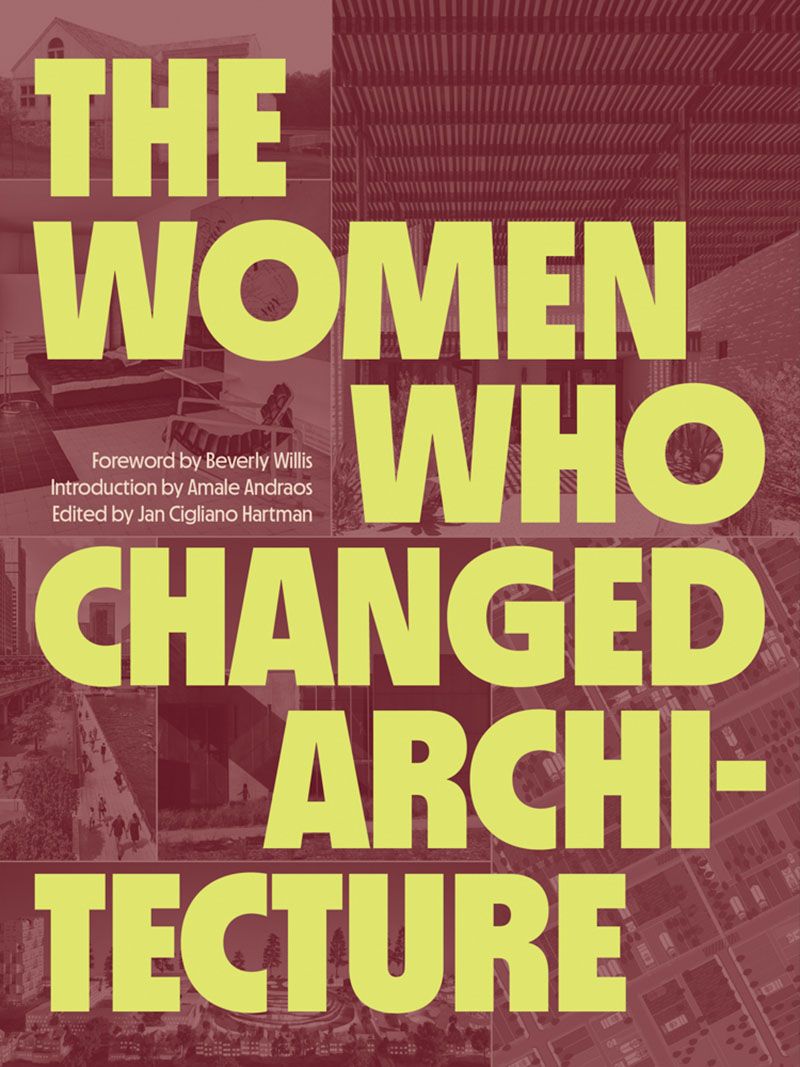
The book is divided into six thematic chapters: Groundbreakers, Paving New Paths, Advancing the Agenda, Rocking the World, Raising the Roof, and Innovating for a Better World. The Groundbreakers include early female architects like Louis Blanchard Bethune, a self-taught architect based in Buffalo whose firm she founded with her husband. They were commissioned to design public schools, hotels, and other buildings for the growing city of Buffalo, linked by the Erie Canal, and all over the East Coast. She is most famous for the Hotel Lafayette in Buffalo, built for the 1901 Pan-American Exposition.
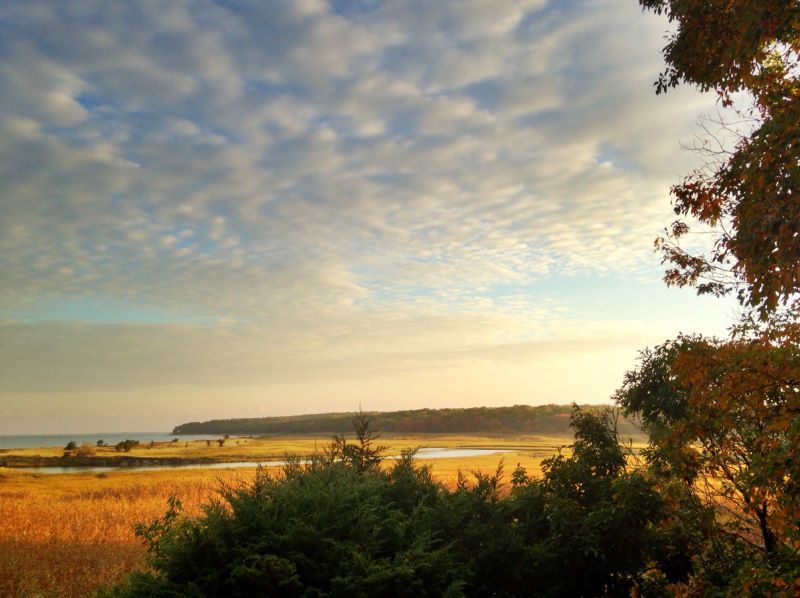
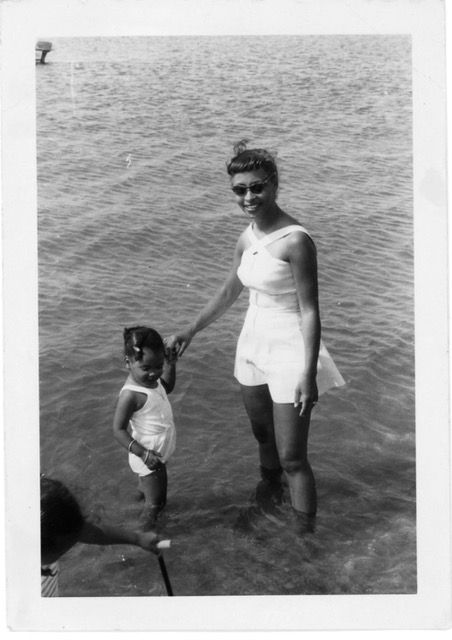
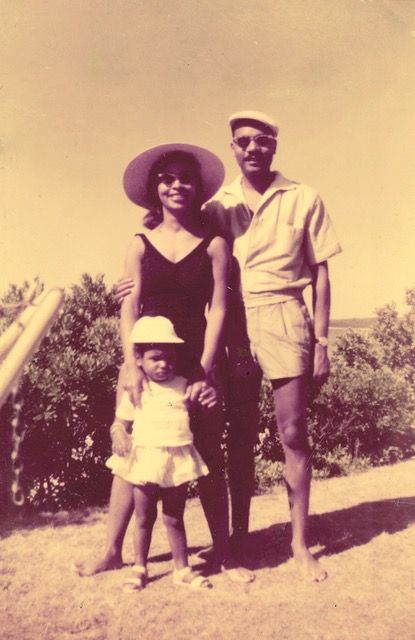
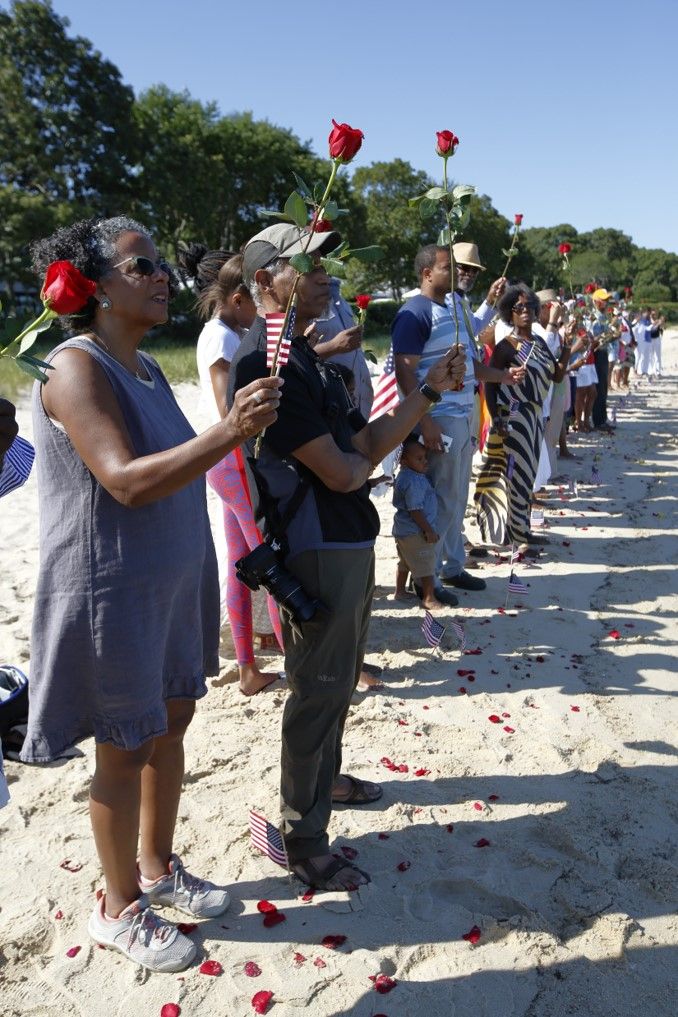
Architect Amaza Lee Meredith, also featured in the “Groundbreakers” section, was one of the first Black women in architecture in the United States. Born in Virginia, she eventually made her way to Brooklyn and studied at the Teacher’s College at Columbia University (she would return to Columbia to get her master’s in arts education later. Meredith worked on the African American leisure community, Azurest North, in Sag Harbor on Long Island, one of the free Black communities in New York State.
The early groundbreakers also includes Finnish architect Signe Ida Katarina Hornburg, the first professionally trained architect in Finland and possibly Europe. A firehouse she designed in Helsinki is the oldest surviving building in Europe designed by a woman.
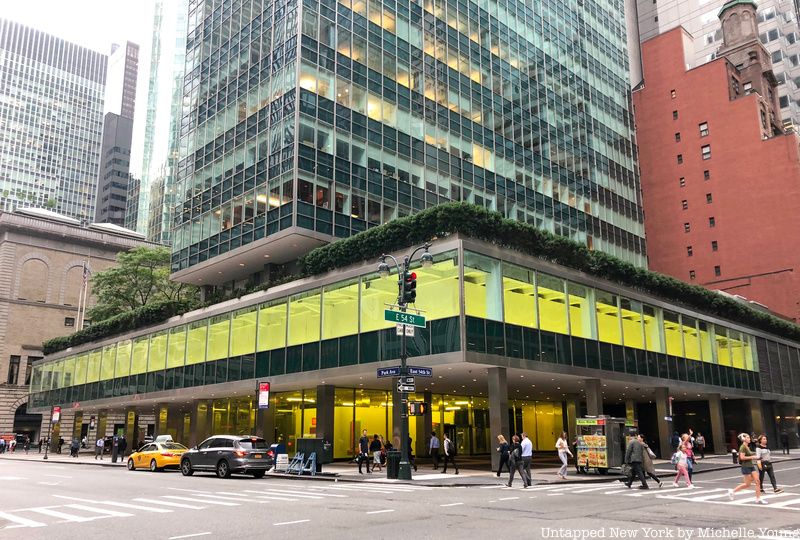
Architect Natalie Griffin de Blois, from Paterson, New Jersey, was inspired as a teenager by the 1939 World’s Fair in Flushing Meadows, Queens, and after experiencing outright sexism that cost her her first job, she was hired at the architecture firm SOM, where she rose in the ranks while designing the bathhouses at Jones Beach and served as the senior designer on the firm’s major works in New York City like Lever House, the Pepsi-Cola Building (500 Park Avenue), and the Union Carbide headquarters (270 Park Avenue).
In Advancing the Agenda, readers may recognize names from the mid-century like Denise Scott Brown, author of the seminal book Learning From Las Vegas: the Forgotten Symbolism of Architectural Form. We were pleased to see the inclusion of Sharon E. Sutton, an architectural educator, artist, and author of the book, When Ivory Towers Were Black: A Story about Race in America’s Cities and Universities.
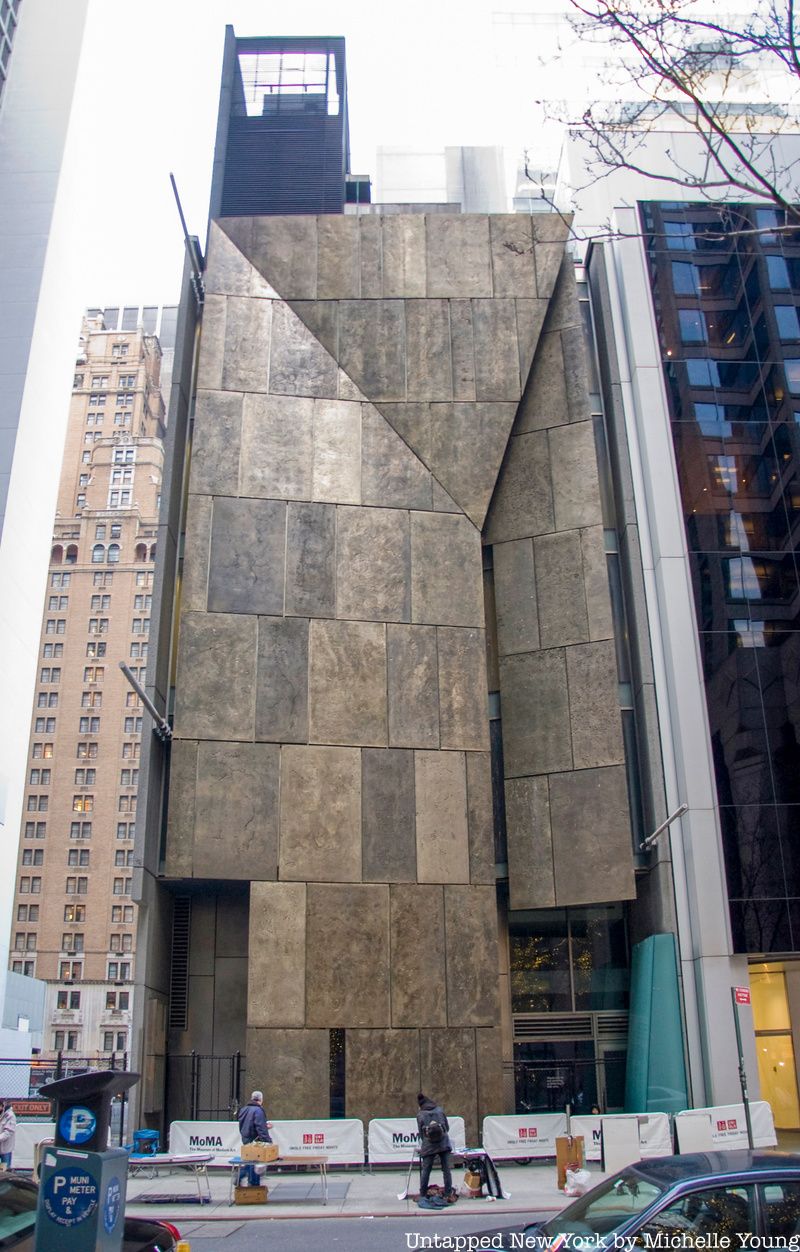
The “Rocking the World” section includes architects like Zaha Hadid and Billie Tsien. The chapter “Innovating for a Better World” includes Pratt School of Architecture Dean Harriett Harris, Amale Andraos, Eva Franch i Gillabert, and others. The section “Raising the Roof” includes such figures as Maya Lin, Annabelle Selldorf (whose firm is doing the Frick Collection renovation), Jeanne Gang (behind the extension of the American Museum of Natural History), Mabel O. Wilson, architect and professor at Columbia University GSAPP, and many more.
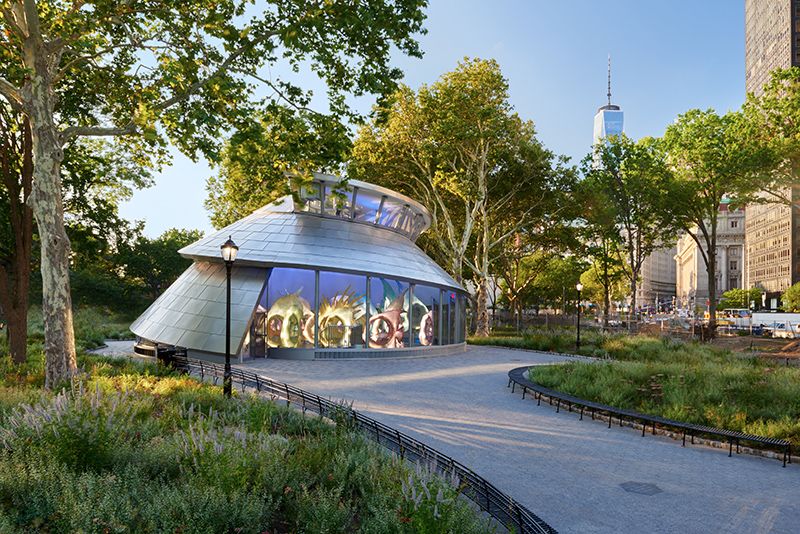
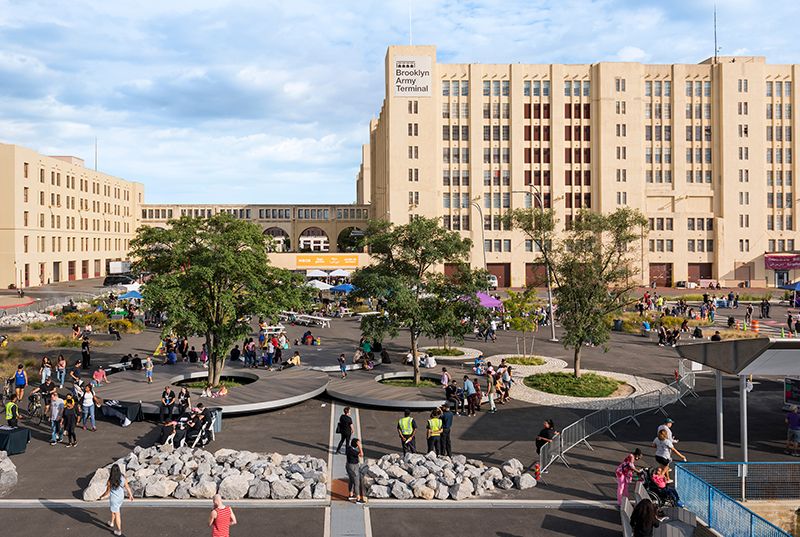
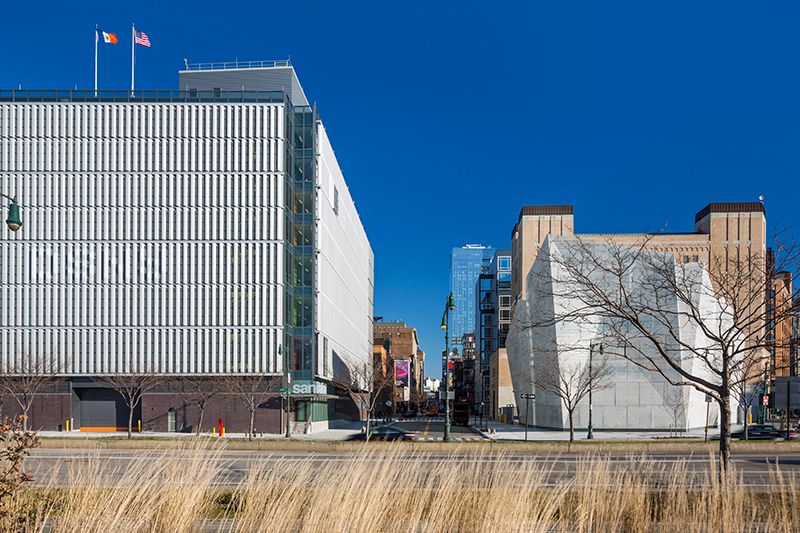

Also in “Rocking the World” are two architects who will be joining us for an exciting virtual event on April 28th, moderated by Julia Gamolina, founder of Madame Architect and Associate Principal at Ennead Architects, who wrote an essay for the section “Raising the Roof.” Claire Weisz, founder of the prolific WXY architecture + urban design, whose work includes the Seaglass Carousel, the redesign of the Brooklyn Army Terminal, the new Jacob K. Javits Center rooftop, Kearny Point master plan, redesign of Astor Place and Cooper Square, Transmitter Park in Greenpoint, the Downtown Brooklyn Strand Action Plan.
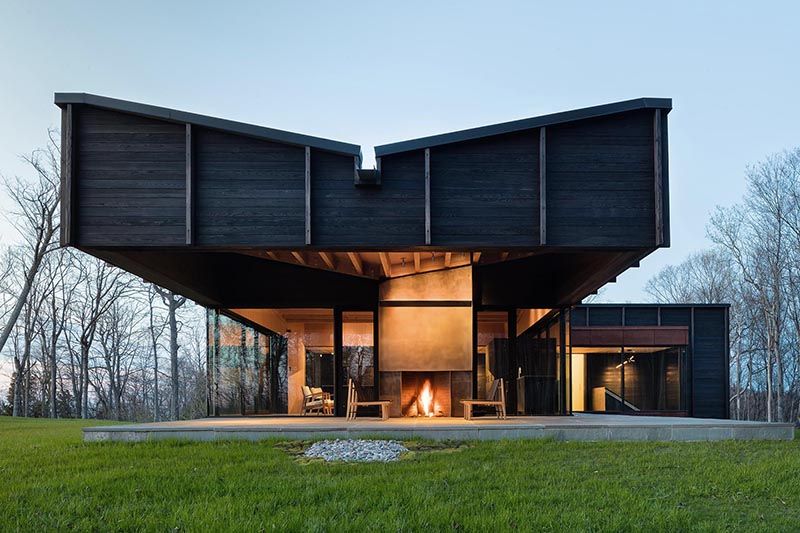
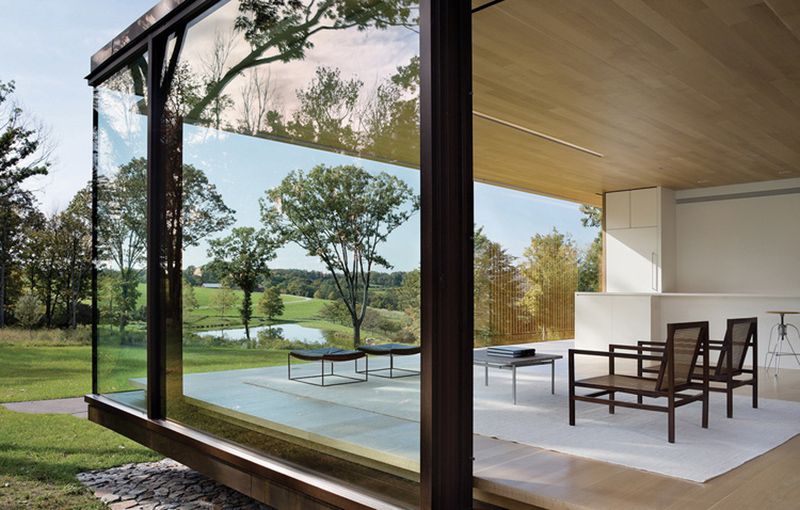
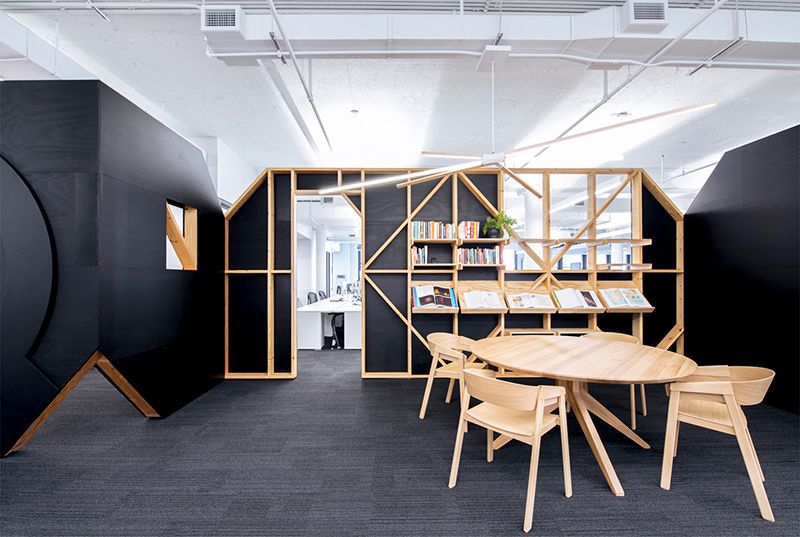
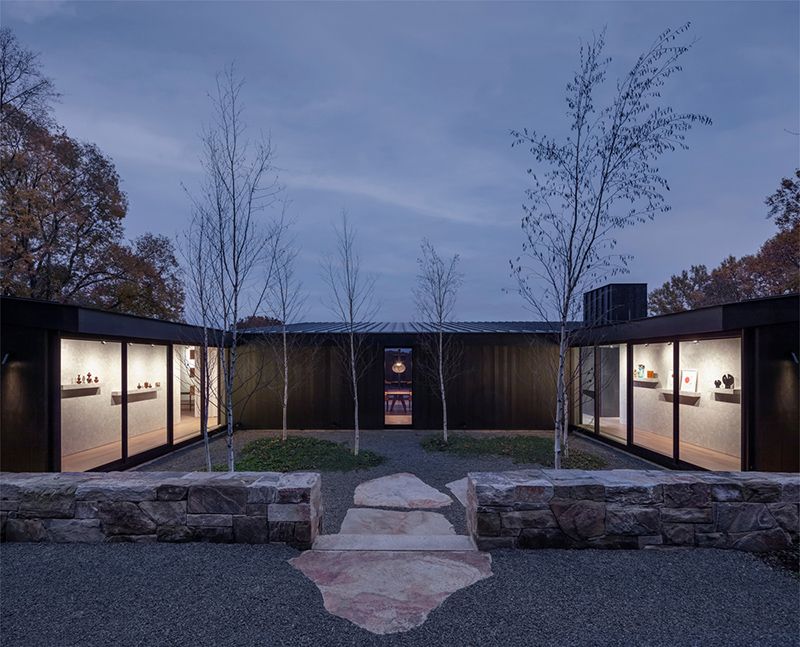
Katherine Chia, founding Principal of Desai Chia Architecture, will also be joining us in the event. Desai Chia is an award -winning architecture firm working on cultural, residential, and commercial projects. Chia’s stunning work can be regularly seen in publications like Interior Design magazine, Dwell magazine, the New York Times, and more. Her firm’s mission is to celebrate “conceptually bold design, deliberate eloquence, and graceful simplicity in order to better our collective experiences of space and place-making.”
Please join us for our virtual talk on April 28 at 12 PM, featuring three of the women in the book: Claire Weisz, founding Principal of WXY architecture + urban design; Katherine Chia, founding Principal of Desai Chia Architecture, and Julia Gamolina, founder of Madame Architect and Associate Principal at Ennead Architects. The event will be moderated by Gamolina and Michelle Young, the founder of Untapped New York. These pioneering women in architecture will discuss their successes and challenges, and where they see their practice evolving. The panel will assess how the landscape of the practice has changed over the years and the future of women in architecture. The event is free for Untapped New York Insiders (you can join with your first month free with code JOINUS).
Subscribe to our newsletter